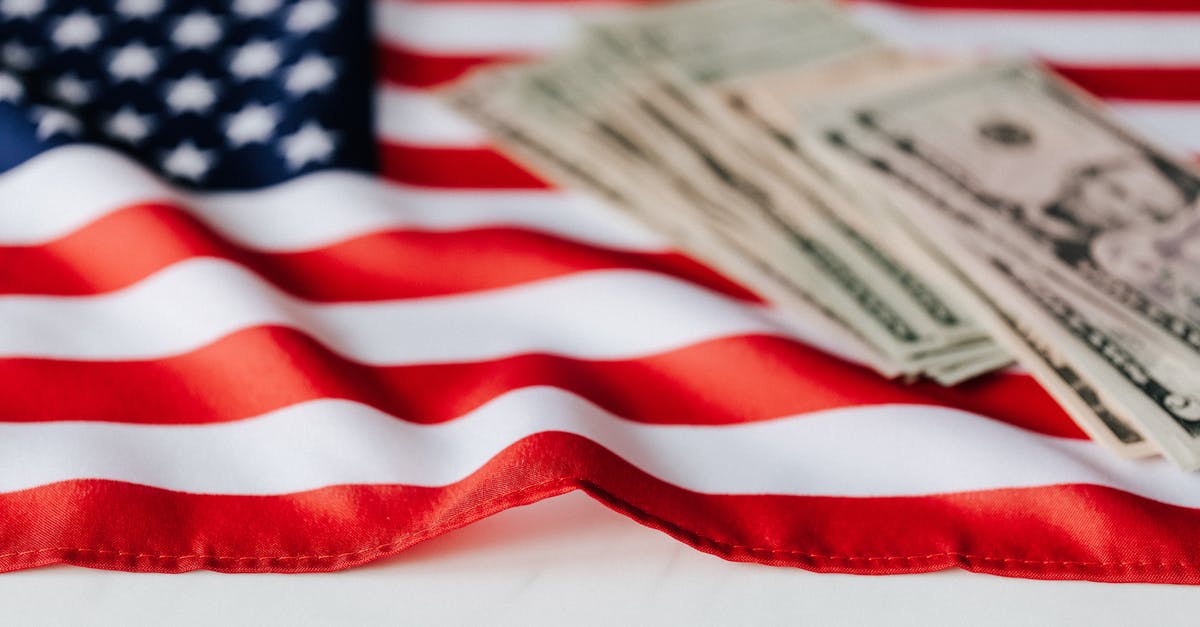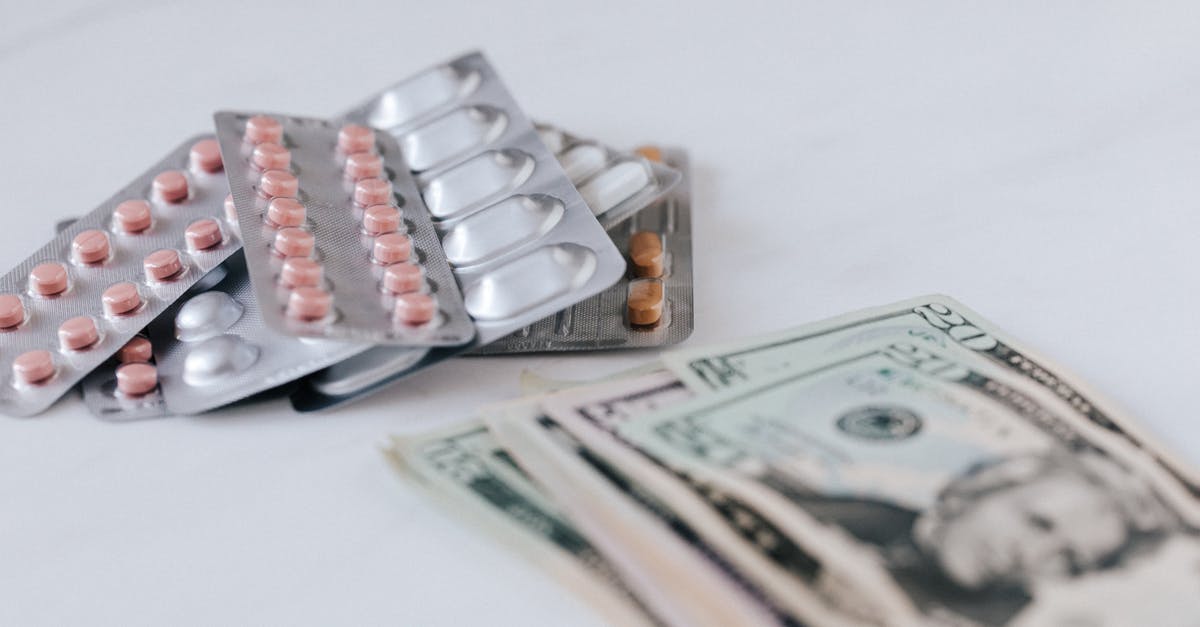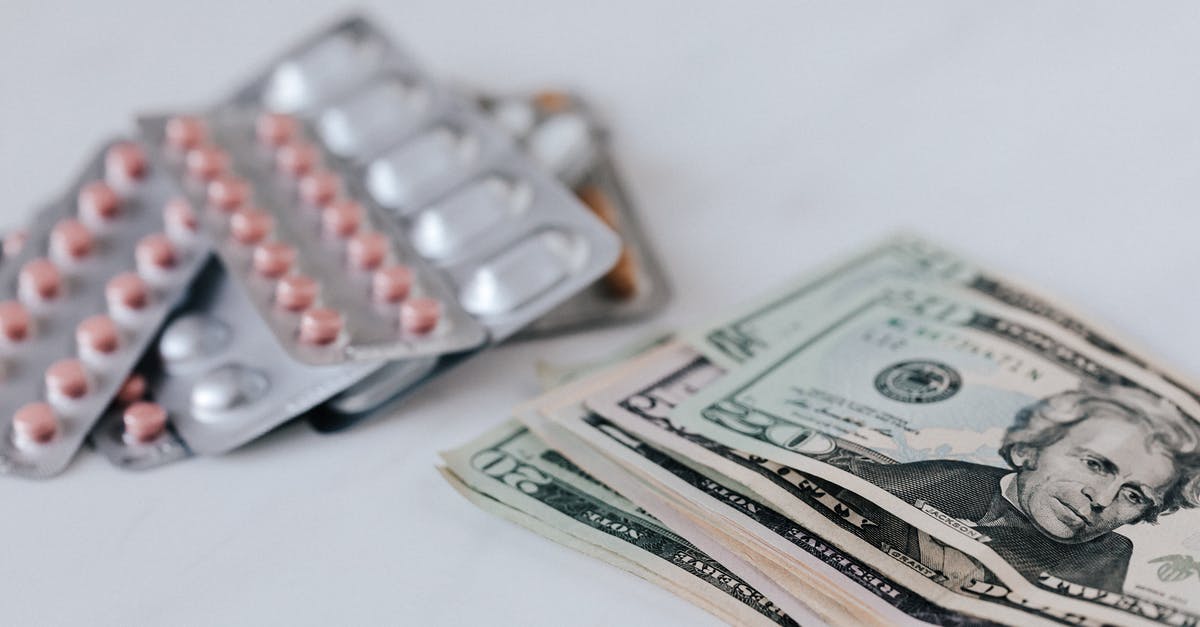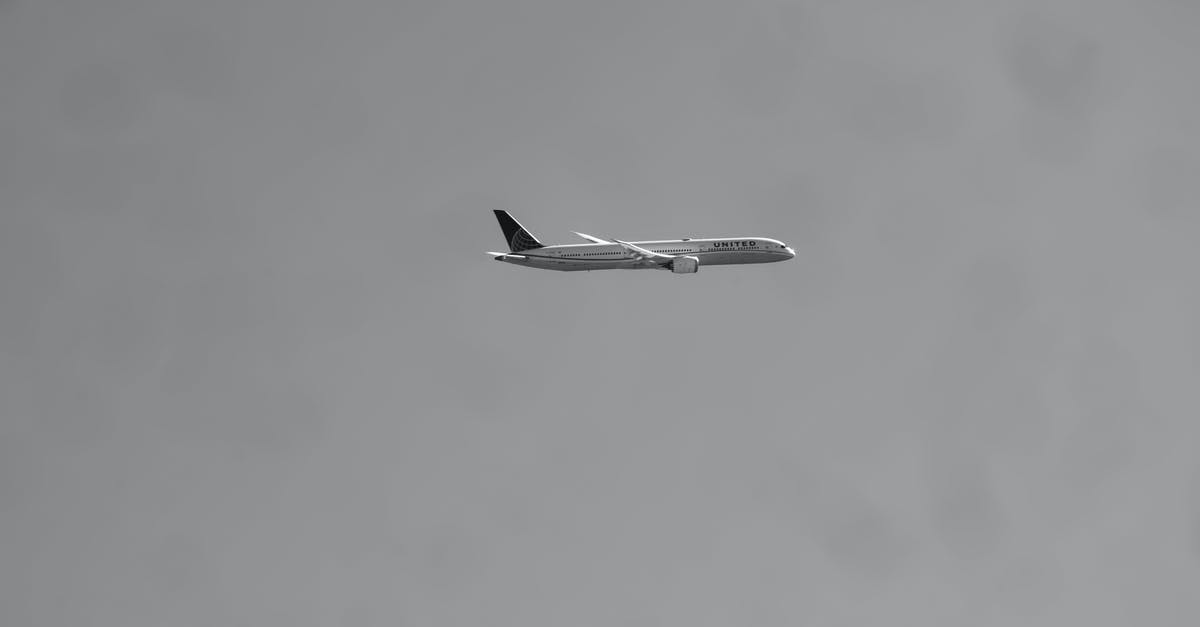Flying to the US with prescription antibiotics

I will be travelling to the USA, and I will need to take with me roughly two months' worth of antibiotics for my medical condition -- all in blisters, no liquids or aerosols. I do have a prescription from my medic, but it's in Romanian. While the prescription does clearly show my name and the medicine that I am taking, I am not sure whether I need (or whether it's even helpful at all) to have the prescription translated. This is my first time flying to the US and I'm not really sure what to expect.
Can you let me know whether I need to have the prescription translated, and whether it's better to take the medicine in my carry on or checked luggage?
Best Answer
The US Customs and Border Protection branch of the Department of Homeland Security has a Prohibited and Restricted Items page. About half way down it discusses Medications. As link-only answers are frowned upon (due to stale links for one thing), I have reproduced the relevant section here:
Medication
Rule of thumb: When you go abroad, take the medicines you will need, no more, no less. Narcotics and certain other drugs with a high potential for abuse - Rohypnol, GHB and Fen-Phen, to name a few - may not be brought into the United States, and there are severe penalties for trying to do so. If you need medicines that contain potentially addictive drugs or narcotics (e.g., some cough medicines, tranquilizers, sleeping pills, antidepressants or stimulants), do the following:
• Declare all drugs, medicinals, and similar products to the appropriate CBP official;
• Carry such substances in their original containers;
• Carry only the quantity of such substances that a person with that condition (e.g., chronic pain) would normally carry for his/her personal use; and
• Carry a prescription or written statement from your physician that the substances are being used under a doctor's supervision and that they are necessary for your physical well being while traveling.U.S. residents entering the United States at international land borders who are carrying a validly obtained controlled substance (other than narcotics such as marijuana, cocaine, heroin, or LSD), are subject to certain additional requirements. If a U.S. resident wants to bring in a controlled substance (other than narcotics such as marijuana, cocaine, heroin, or LSD) but does not have a prescription for the substance issued by a U.S.-licensed practitioner (e.g., physician, dentist, etc.) who is registered with, and authorized by, the Drug Enforcement Administration to prescribe the medication, the individual may not import more than 50 dosage units of the medication into the United States. If the U.S. resident has a prescription for the controlled substance issued by a DEA registrant, more than 50 dosage units may be imported by that person, provided all other legal requirements are met.
Please note that only medications that can be legally prescribed in the United States may be imported for personal use. Be aware that possession of certain substances may also violate state laws. As a general rule, the FDA does not allow the importation of prescription drugs that were purchased outside the United States. Please see their Web site for information about the enforcement policy for personal use quantities.
Warning: The U.S. Food and Drug Administration prohibits the importation, by mail or in person, of fraudulent prescription and nonprescription drugs and medical devices. These include unorthodox "cures" for such medical conditions as cancer, AIDS, arthritis or multiple sclerosis. Although such drugs or devices may be legal elsewhere, if the FDA has not approved them for use in the United States, they may not legally enter the country and will be confiscated, even if they were obtained under a foreign physician's prescription.
Additional information about traveling with and importing medication can be found at the FDA's Drugs page.
The FDA is responsible for pharmaceutical admissibility determinations. If you have any questions as to whether a specific pharmaceutical may be imported into the United States, please contact the FDA, Division of Import Operations and Policy, at +1-301-796-0356.
If you have any questions regarding the importation of a controlled substance into the United States, please contact the Drug Enforcement Administration, Office of Diversion Control, International Drug Unit, at +1-202-305-8800.
Pictures about "Flying to the US with prescription antibiotics"



Can I take prescription antibiotics on a plane?
All prescription medicines are allowed on airplanes, whether in a carry-on or checked bag. There is no limit to the amount of medications in pill or solid form that you can bring. Liquid medicines are also allowed.Can I bring antibiotic to USA?
In general, you should have with you a valid prescription or doctor's note\u2014written in English\u2014to bring medication to the U.S. The medication should be in its original container with the doctor's instructions printed on the bottle.Does TSA care about prescription drugs?
Traveling with medication can be a challenge if you are not sure how to pack it when flying. Bottom line: medication is okay to place in your carry-on or checked baggage in any form.Can you fly internationally with prescription meds?
Medication should be brought abroad in carry-on luggage. If you use equipment such as syringes, make sure to pack your own sterile supply. It may be illegal to send some prescription medications to certain countries through the mail. Check with the postal service and customs office before doing so.Traveling with Medications ~ #smhTopTips
Sources: Stack Exchange - This article follows the attribution requirements of Stack Exchange and is licensed under CC BY-SA 3.0.
Images: Karolina Grabowska, Karolina Grabowska, Karolina Grabowska, Malcolm Garret
